It’s 2019 and several big players in the industry — Apple, Samsung, and Google — are still using 12MP cameras in their flagship devices. Considering 40 megapixels has been common for years and Xiaomi has just put a 108MP main sensor in its latest flagship, what gives? Why haven’t the big guns been putting more importance on the resolution of their cameras? It’s quite simple: 12MP is the current ideal resolution for smartphone sensors.
There are several reasons for this, including storage space, processing time, and low light photo quality. Video resolution and viewing devices also play into how large a camera sensor should be. Then there are indirect effects like battery life and camera app performance.
Let’s dive a little deeper into some of those areas to see why 12MP is the optimum smartphone camera resolution right now, and why I’ll be sticking with them for a little while yet.
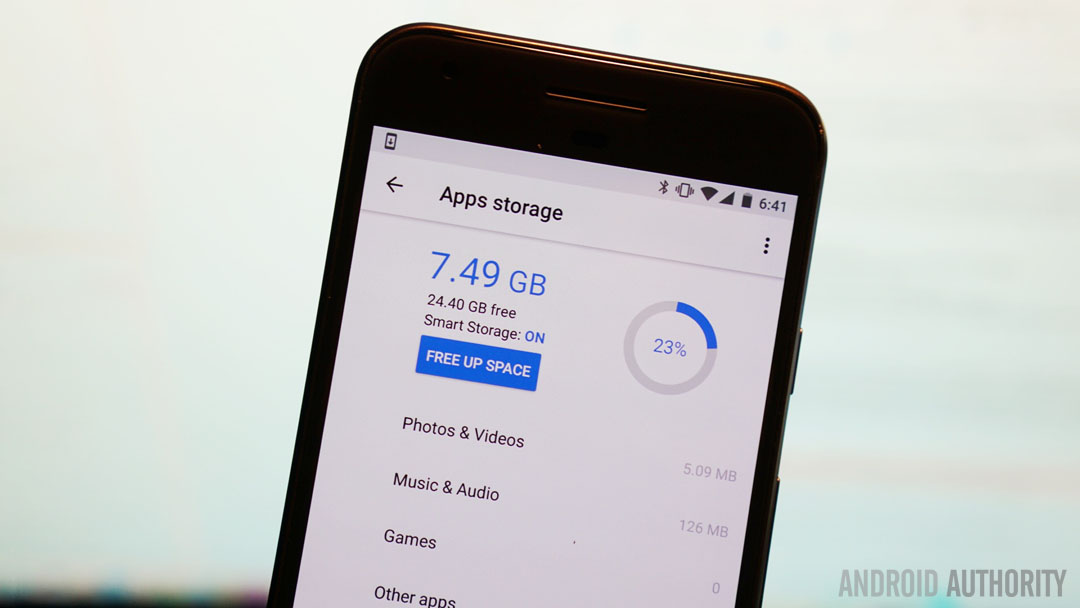
More pixels generally means more data to process, resulting in slower processing times and shorter battery life. This is especially true in more demanding scenarios like taking Night Mode photos or Portrait Mode shots, where there’s a lot more processing involved.
Continue reading: The best backup applications on Android!
Not only does a higher resolution need more processing power, but it also demands more storage and bandwidth too. With fewer phones sporting a microSD card slot these days, cloud storage is an increasingly attractive backup method. The issue is that if you’ve not got a high data-cap, you may have trouble uploading a bunch of snaps if you’re not on Wi-Fi. On top of this, you end up needing to pay for larger cloud storage plans if you take lots of shots and upload video.
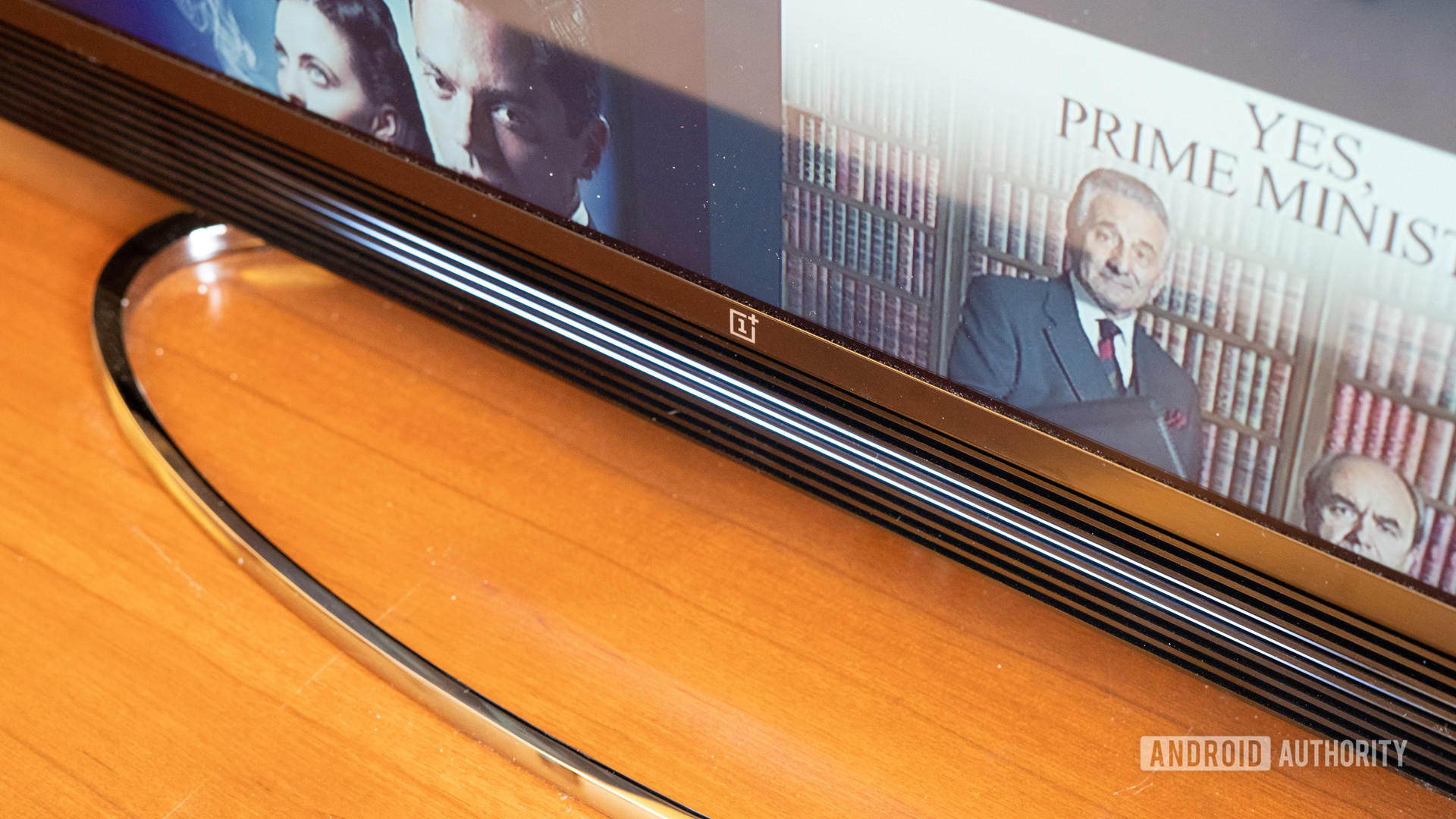
Here’s another hard truth for megapixel obsessives: Most users aren’t viewing the high-resolution images that we share from our phones on Ultra HD displays, and even if they were, that’s only an ~8.3MP canvas.
Ultra HD is still only ~8.3MP
12MP is more than enough resolution to look crisp on pretty much any display — phone displays, digital photo frames, computers, TVs and even projectors! To get the most out of a 12MP image on an Ultra HD display, you’d need to zoom in. Fun fact: most telephoto cameras from the industry’s biggest names are 12MP or below, anyway.

Ultra HD 4K video has been the standard in smartphones for well over five years now. If you don’t have it, you’re not even in the game. Since you don’t even need more than 10MP to be able to shoot Ultra HD, 12MP is more than enough to get you going — as long as your SoC and ISP can handle shooting 4K video. This means that whether you want to shoot UHD 4K at 60fps, or 720p video at 1,000fps, a 10MP sensor will do you just fine.
The recent announcement of the Qualcomm Snapdragon 865 SoC brings with it the imminent arrival of 8K video recording. It should be noted that to be able to shoot in 8K you’ll need a sensor with a resolution of around 33MP or higher. However, whether you find 8K video exciting or not, 8K displays just aren’t affordable nor ubiquitous enough to justify filming in 8K just yet. You think you’ve got storage issues taking 4K video? Just wait for 8K.
The amount of pixels in your photo isn’t the be-all end-all — other factors come into play. Dynamic range, color accuracy, lens quality, image processing, and user experience are all vital to be able to create great photos. Evidence of this is easy to find in the Pixel 4, iPhone 11 Pro, and Samsung Galaxy Note 10+ Plus.
Comparing a 12MP camera from 2016 to one from 2019 is another great way to illustrate how important other aspects of photography are. Below is a shot comparing the original Pixel against the Pixel 4. They both sport 12MP camera sensors, yet the Pixel 4 captures much more color information and has better dynamic range. This is due to the latest hardware, and a leap forward in software processing on Google’s front, with HDR+ technology doing the majority of the heavy lifting.
Where Google’s Pixel phones rely on the search giant’s software to achieve the best results possible, many OEMs rely on a technique called pixel binning. You can read all about why pixel binning is so popular here, but the net result is that it brings the effective pixel count down by four times. This means that a 40MP sensor is going to produce a 10MP image. So even though your phone may have 48MP stamped on the back of it, you’re only really getting 12MP photos when you press the shutter button.
With pixel binning, you're getting one-quarter final image resolution
OEMs use pixel binning techniques to make the photosites larger by merging four pixels together. When you want a high-resolution image, you simply switch to the native resolution mode but sacrifice low-light performance and dynamic range. The effects of pixel binning — higher dynamic range, more color information, better low-light performance — can be had with natively larger photosites. A regular 12MP sensor would decrease processing times substantially, as it wouldn’t need to bin the shot, enabling a far better user experience.
Continue reading: Samsung Galaxy S11 tipped to carry the best 108MP camera so far
Granted, you’d lose the option to capture more detail, but in return, you’d get a lower cost and a more responsive app. This is because a 108MP image has to have its pixels reorganized from the sensor which takes even more time. Of course, this depends on the individual manufacturer and model of the phone due to different processing techniques. On the whole, you’re still missing out on light-information due to the smaller photosite.
“AI camera” is a term thrown around by a lot of companies. Whether we’re talking about software from Google, Huawei, Apple, Samsung, or any other manufacturer, image processing plays a massive part in the final image.
Image processing plays a massive part in image quality
Below is an example of a photo taken with the stock camera app on the OnePlus 7 Pro compared with one taken on the same phone using the Google Camera APK. You can see how different the colors, sharpness, and dynamic range are. Google’s version of this image has so much more dynamic range which is most evident in the left half. The colors are also far more representative of real-life in the Google Camera photo. OnePlus’ version features more contrast and saturation but ultimately lacks the clarity of the Google Camera picture.
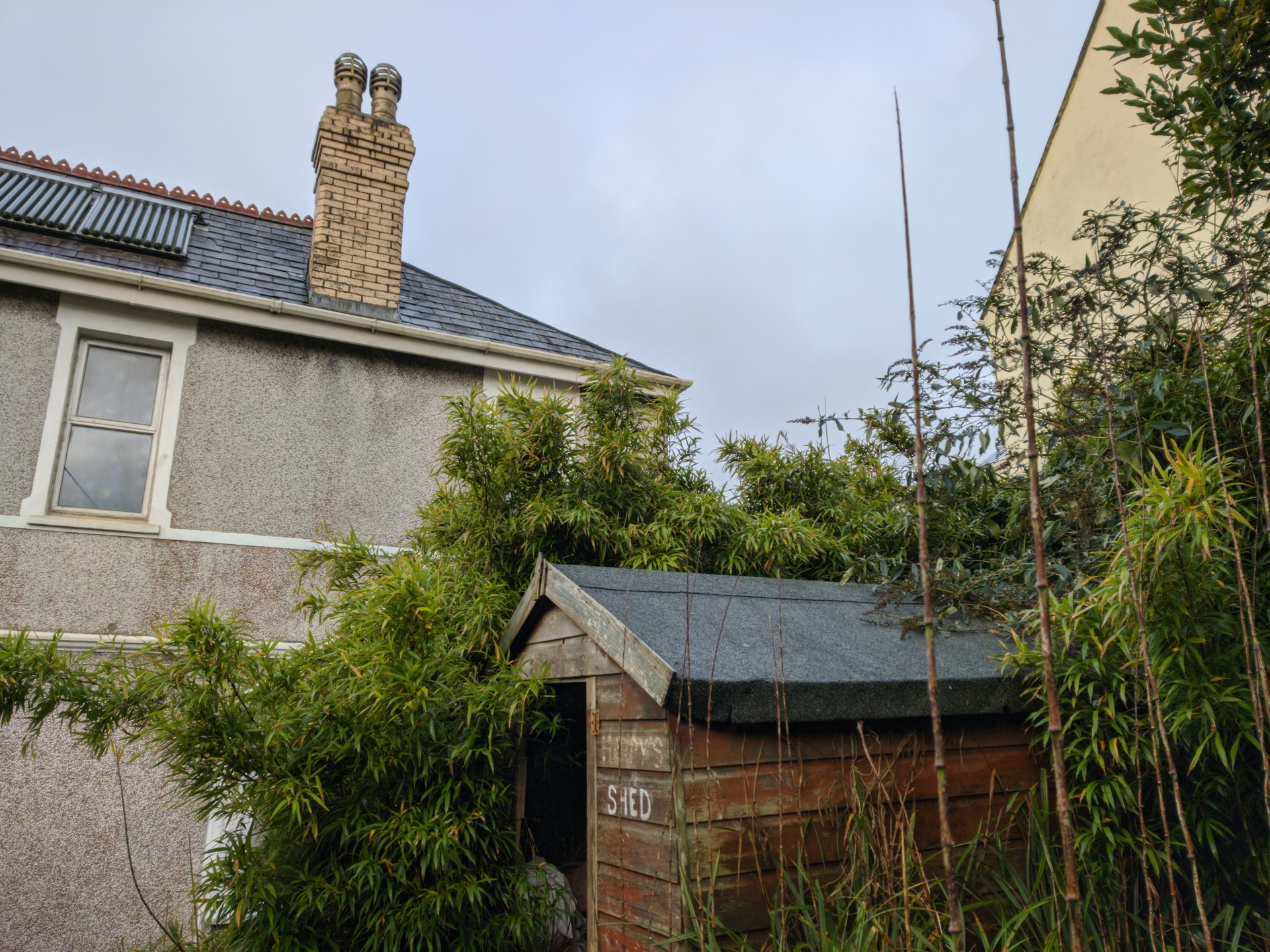 OnePlus 7 Pro - Stock OnePlus 7 Pro - GCAM
OnePlus 7 Pro - Stock OnePlus 7 Pro - GCAM 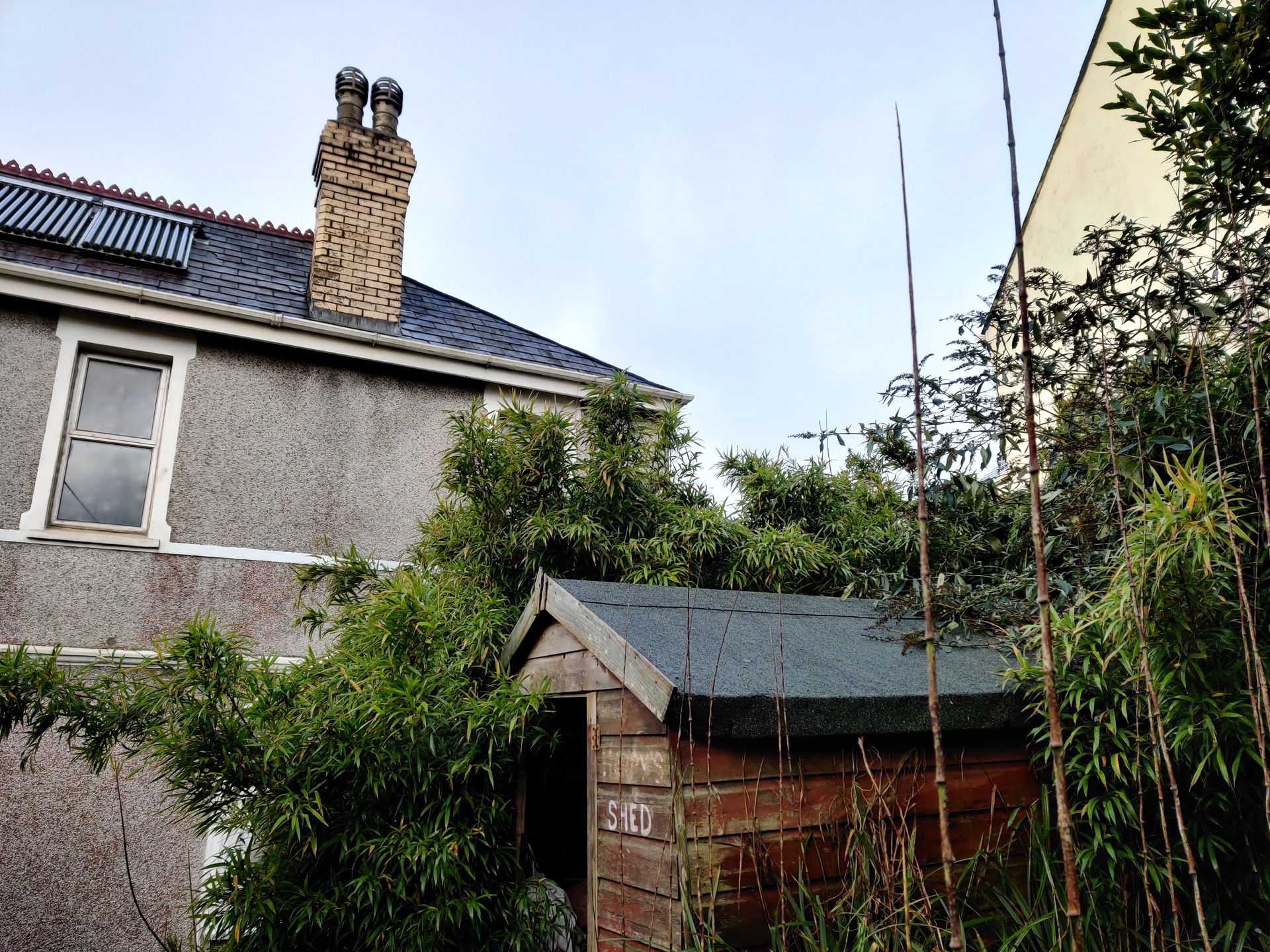

12MP, as opposed to higher resolutions on the same sensor size, allows for larger individual pixels. The larger the pixel size, the more light each pixel can capture. So, a 12MP ½-inch sensor would produce far cleaner low light shots than a 48MP ½-inch sensor, given that every other variable is equal. Here’s an example of Auto Mode vs. 48MP mode on the Xiaomi Mi 9. The results are staggering! Just look at how much color information is lost when switching to 48MP mode, and the dynamic range falls through the floor.
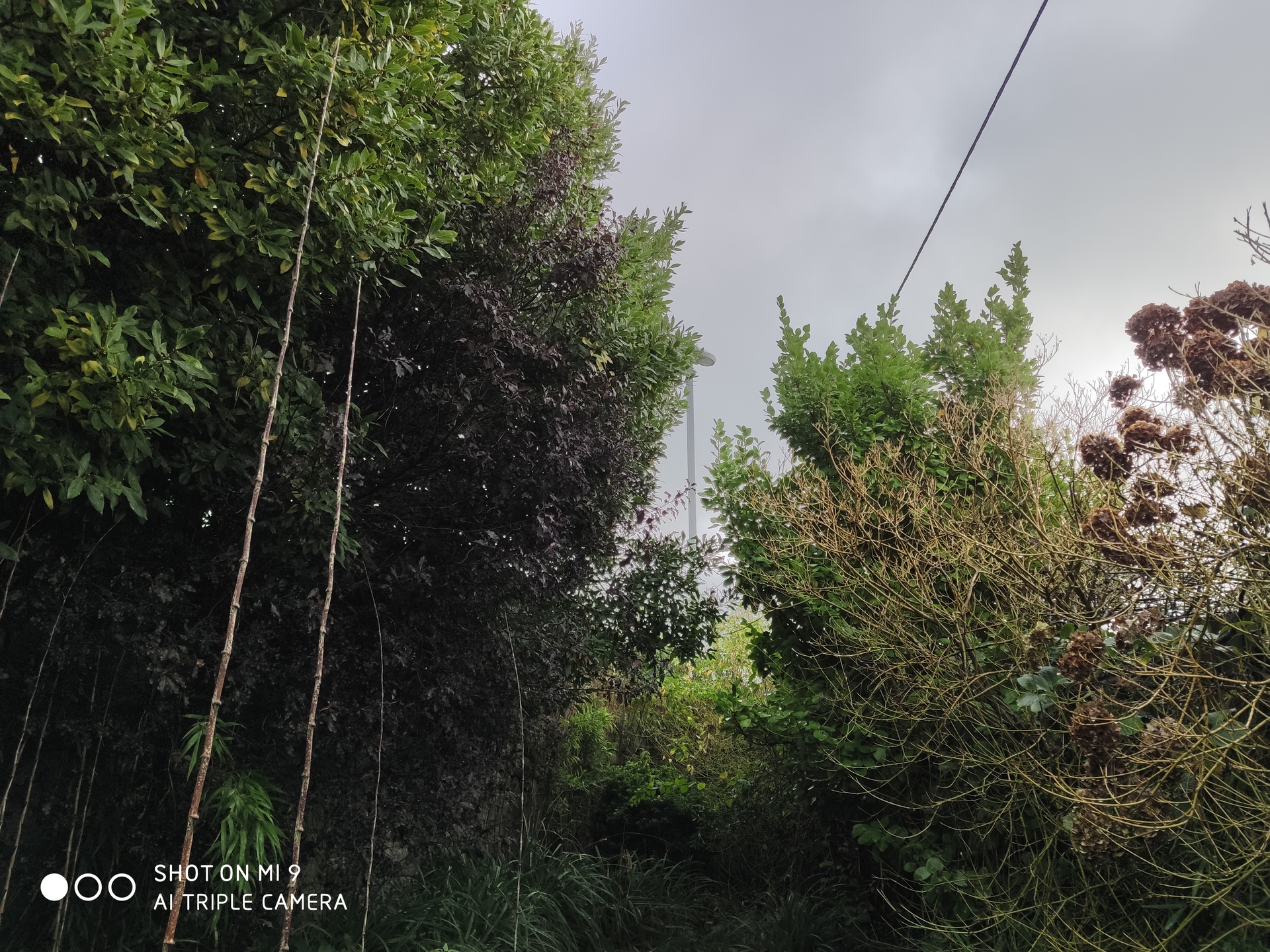 Mi 9 - 48MP Mode Mi 9 - Auto
Mi 9 - 48MP Mode Mi 9 - Auto Pixel size, and therefore sensor size, is very important. It’s why we’ve seen Huawei use huge sensors compared to Samsung and Apple. It makes so much difference, especially in a small form factor such as a smartphone. Night Modes have been introduced to try and make up for the lack of sensor size, by taking multiple exposures and merging them together. These modes have helped low light images dramatically, but they aren’t a direct replacement for a large camera sensor.
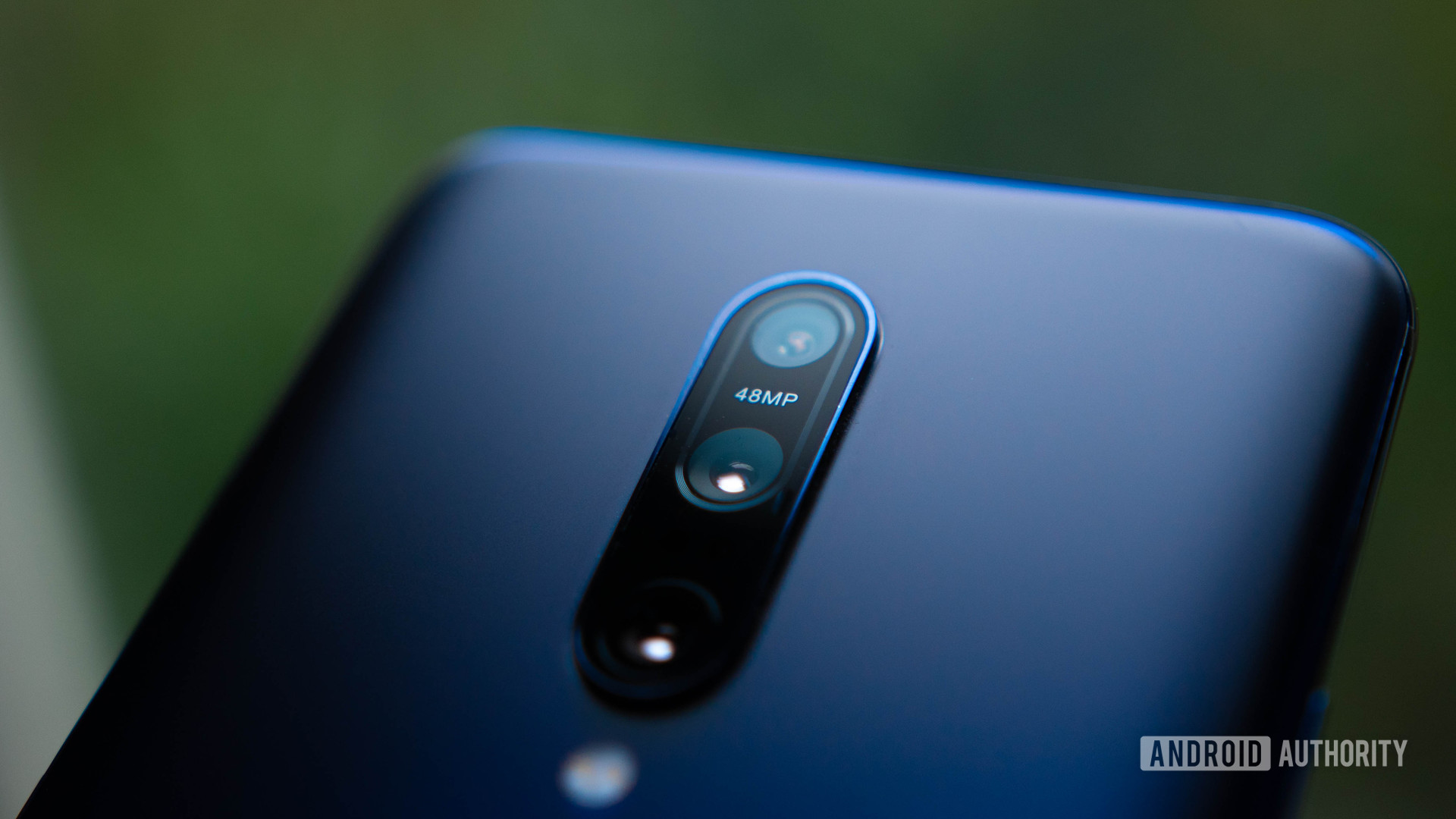
Given the hardware limitations in 2019 such as processing power, storage space, and lens-quality, there really isn’t a need to push for higher-resolution sensors right now. Larger sensors with larger pixels provide a much more noticeable improvement to image quality than pure pixel-count, while a wider focus on optics and software has already enabled growth in the smartphone camera industry.
When higher resolution video, more powerful processors, and faster storage are all standard, we’ll start to see the need for 40MP or above. Until then, however, a 12MP camera will do me just fine.
12/12/2019 07:25 PM
12/12/2019 05:26 PM
12/12/2019 01:02 AM
12/12/2019 06:06 PM
12/12/2019 08:00 AM
12/12/2019 01:08 PM
2014 © Canadian apps and news